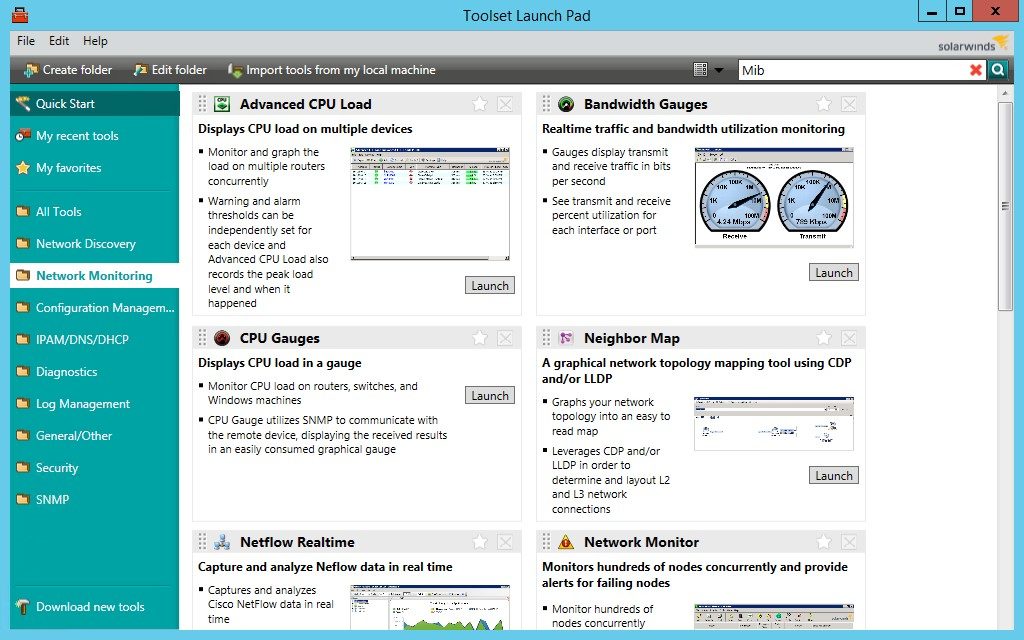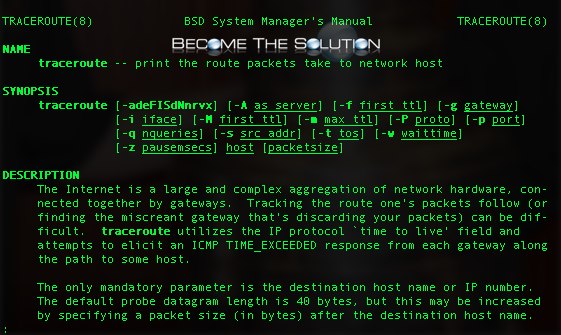

- #TRACEROUTE MAC ADRESS UTILITY FOR WINDOWS HOW TO#
- #TRACEROUTE MAC ADRESS UTILITY FOR WINDOWS REGISTRATION#
- #TRACEROUTE MAC ADRESS UTILITY FOR WINDOWS SOFTWARE#
This can be extremely useful particularly since the physical interfaces used in the transmission are shown. operating systems (Windows, Apple Mac OS, Unix, Linux, etc). Each switch in the list also has the interfaces shown that are used to connect to the destination device ultimately giving you a trace route type picture of how data is flowing through the network. traceroute is a tool used to identify the path used by a packet to reach the. You will then see a list of switch hops that host would take in order to reach the host with the destination MAC address. This is the switch that the MAC address was initially learned by and is connected to. There are a few different things you will see in the output. Now that you have a source and destination address you can issue the L2 trace route. There are many other ways to find the MAC address of a device but that discussion is outside the scope of this tutorial.
#TRACEROUTE MAC ADRESS UTILITY FOR WINDOWS REGISTRATION#
This tool will lookup information on a domain, IP address, or a domain registration information. Whois supports IP address queries and automatically selects the appropriate whois server for IP addresses. This command shows the MAC to IP address relationship as well as the VLAN the host is on. Whois Tool is a client utility that communicates with WHOIS servers located around the world to obtain domain registration information. If the default gateway is a cisco device you can issue a command like this: sw-01#show arp | include You will need to know the host’s IP address to do this.
#TRACEROUTE MAC ADRESS UTILITY FOR WINDOWS HOW TO#
If you’re not sure how to find a mac address of a host I always look at the ARP table of the default gateway.

You can get this address a number of different ways. Next, you will want the MAC address of a host you would like to locate. You can get this information by doing a “show interface” for the VLAN or physical interface that is configured as your default gateway. It’s really up to you but you will want to know the physical topology that you gathered in part 1 of this tutorial as well as where this source MAC address is connected to the network. I would choose the mac of the default gateway for the VLAN you would like to map out. The syntax for the layer 2 trace route command is as follows: traceroute mac įirst you will need a source mac address.

You will need two MAC addresses in order to use this utility. The second would be to perform a L2 trace route from a cisco device.
#TRACEROUTE MAC ADRESS UTILITY FOR WINDOWS SOFTWARE#
This would require packet capture software on each system and is really not practical. The first way of doing this would be to log onto the host, capture packets, and look for a CDP packet that indicates the switch name and port that the host is connected to. The next step in the process is to map out where servers or other hosts are located. This is useful when all you need to know is the topology of the network equipment its self. Part one of this two part series talked about walking out your network with CDP.


 0 kommentar(er)
0 kommentar(er)
